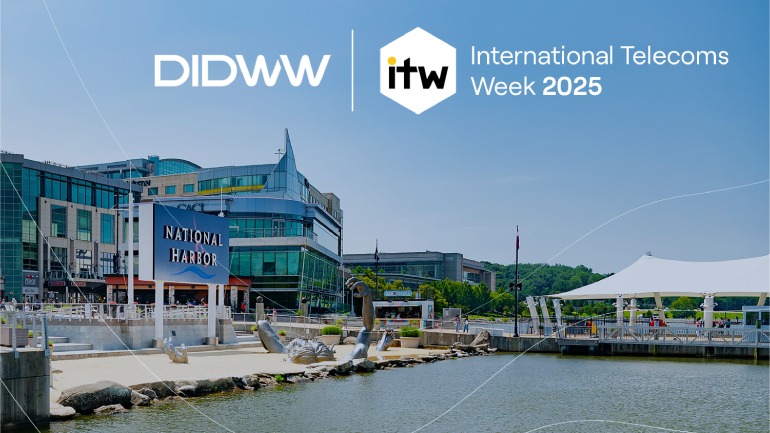Shanghai has become China’s first mega-city to achieve comprehensive 5G coverage throughout its entire metro system. This milestone spans all 21 metro lines, significantly enhancing Shanghai’s transportation network with real-time operations, predictive maintenance, and smart urban transit.
The FCC has approved AT&T and AST SpaceMobile to test direct-to-cell satellite connectivity for FirstNet. This initiative aims to enhance public safety communications by extending reliable service to remote and disaster-affected areas through low Earth orbit satellites.
The European Telecommunications Standards Institute (ETSI) is driving the future with its groundbreaking report on 6G networks. The focus on Integrated Sensing And Communications (ISAC) promises to revolutionize industries by blending communication with sensing technology.
Nvidia’s initiative to establish AI infrastructure in the US signals a pivotal shift in cutting-edge technology manufacturing, partnering with TSMC, Foxconn, and Wistron. By building AI chips and supercomputers, Nvidia positions itself at the forefront of the AI economy, promoting localized production.
DIDWW, a global telecom provider, will showcase its advanced voice and messaging solutions at International Telecoms Week 2025. As a Gold Sponsor, the company will highlight its extensive phone number coverage, cloud PBX platform, and commitment to empowering seamless worldwide communication for businesses.
FCC Chairman Brendan Carr has warned EU nations about growing reliance on Starlink, highlighting risks of over-dependence on a single satellite provider. European officials share concerns, especially as geopolitical tensions rise. While local alternatives like OneWeb emerge, the EU faces tough challenges in securing technological autonomy.
Vodafone and Three are exploring a Pay-TV service bundled with broadband, phone, and mobile plans. This comes after their £15 billion merger, aiming to capture a broader audience. Competing against Virgin Media O2 and BT, they’re leveraging existing expertise from Germany and the Netherlands to navigate shifting preferences towards streaming.
Beijing’s ambitious plan for integrating 5G technology into daily life by 2027 promises revolutionary changes in sectors such as healthcare and education. The city aims for 100% 5G user penetration, with 75% of network traffic utilizing 5G.
AI and mobile technologies are set to add $2 trillion to China’s economy by 2030, making up 8.3% of its GDP, according to the GSMA. Driven by 5G and AI integration across industries, especially manufacturing.
KDDI and Okinawa Cellular, in partnership with Starlink, have launched au Starlink Direct — Japan’s first direct-to-device satellite service. Starting April 10, 2025, au users can enjoy seamless connectivity even beyond network zones, enabling emergency alerts, location sharing, and AI-powered assistance, all at no extra cost.













